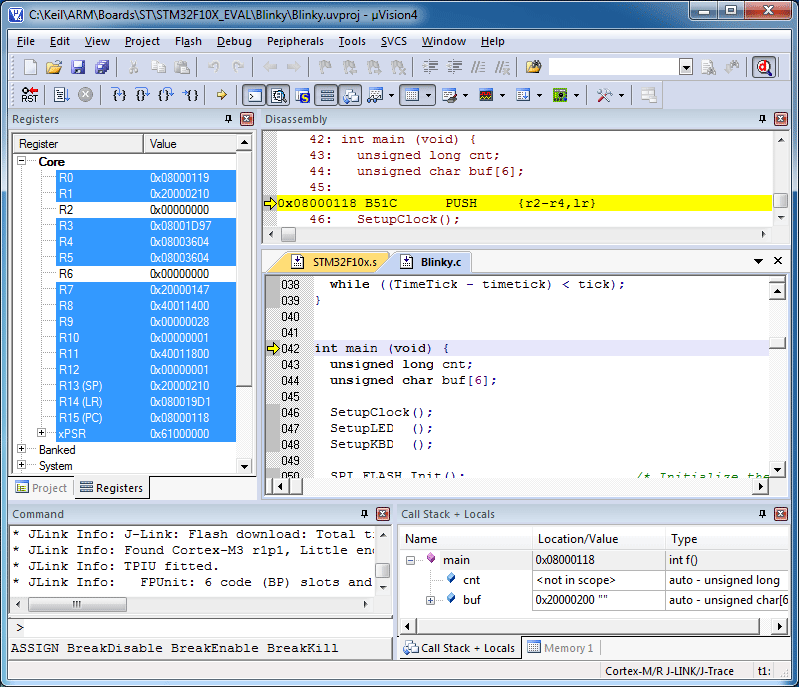


ARM Cortex M0 – Has a reduced number of logic gates, which translates into energy efficiency.

All versions, however, only implement Thumb instruction set (a compact alternative to the original ARM instruction set, with most instructions 16-bits long, and only a few 32-bits long). They incorporate complex memory management tools and an extended instruction set for multimedia applications.ĭue to the high optimization for embedded applications, and massive integration by manufacturers in microcontrollers, ARM Cortex M family has a reduced production cost. hard-disk controllers, internal combustion engines etc., where time is a critical resource.Īnother sub-family, Cortex-A, is frequently used on platforms requiring an operating system, like Linux. All these features make the Cortex-R processors indispensable in embedded applications, e.g. While Cortex-M family is designed to be used in microcontrollers, where the cost factor is crucial, Cortex-R comes up not only with more processing power, being able to complete more operations per second, but also with a more intricate synchronization mechanism, the interrupts having a limited and predictable execution time. Nowadays, there are two main ARM processor families available, namely Cortex-M and Cortex-R. Starting with it, the processors have significantly diversified and improved, with models such as ARM9 or ARM11, continuously extending their field of applicability. The first processor in the ARM family has been ARM7TDMI-S, which is still incorporated in plenty of electronic devices, even though ARM does not commercialize licenses for it any longer. Due to the wide usage, more than 30 billion ARM architecture processors have been sold, the figure continuing to increase, up to an estimated of 100 billion around 2020. Where can the ARM processors be found?ĪRM processors can be found in an extensive number of products, ranging from printers, gaming devices and hard-disks to washing machines, fridges or even robotic applications.

They solely develop the architectures and then sell the intellectual property to manufacturers. To be noted is that ARM does not produce their own silicone chips.
Keil microvision software#
Nowadays, both the processor and the company are known as ARM, the latter being renowned for the wide variety of RISC (Reduced Instruction Set Computer) processors, as well as for other software and hardware products, developed in collaboration with global partners. The computer’s initial name was Acorn RISC Machine.
Keil microvision code#
In just 18 months, they had successfully managed to both design and implement it, so that the first in-house built processor was running code on an Acorn machine in 1995. They had therefore decided to build their own processor.Īfter the mother company had gone bankrupt, the division in charge with processors’ manufacturing created a new company in November 1990, under the name of Advanced RISC Machine. Between 1982 – 1986, a small team within the company had been working on finding a processor on the market to comply with their requirements, but after a while they observed that such a product did not exist. In that period, Acorn was producing desktop personal computers for the schools in Great Britain. What is ARM? The history of ARMĪRM was founded in the late ’90 as a subdivision of Acorn Computers.
Keil microvision how to#
The second part includes a step-by-step tutorial on how to set up Keil uVision, create a project and write code to blink the on-board LED on the NUCLEO STM32F103RB. In the first part of this post, we will take a look at STM32 microcontrollers, their history and the families of microprocessors and boards. STM32 Introduction – Getting started with Keil uVision


 0 kommentar(er)
0 kommentar(er)
